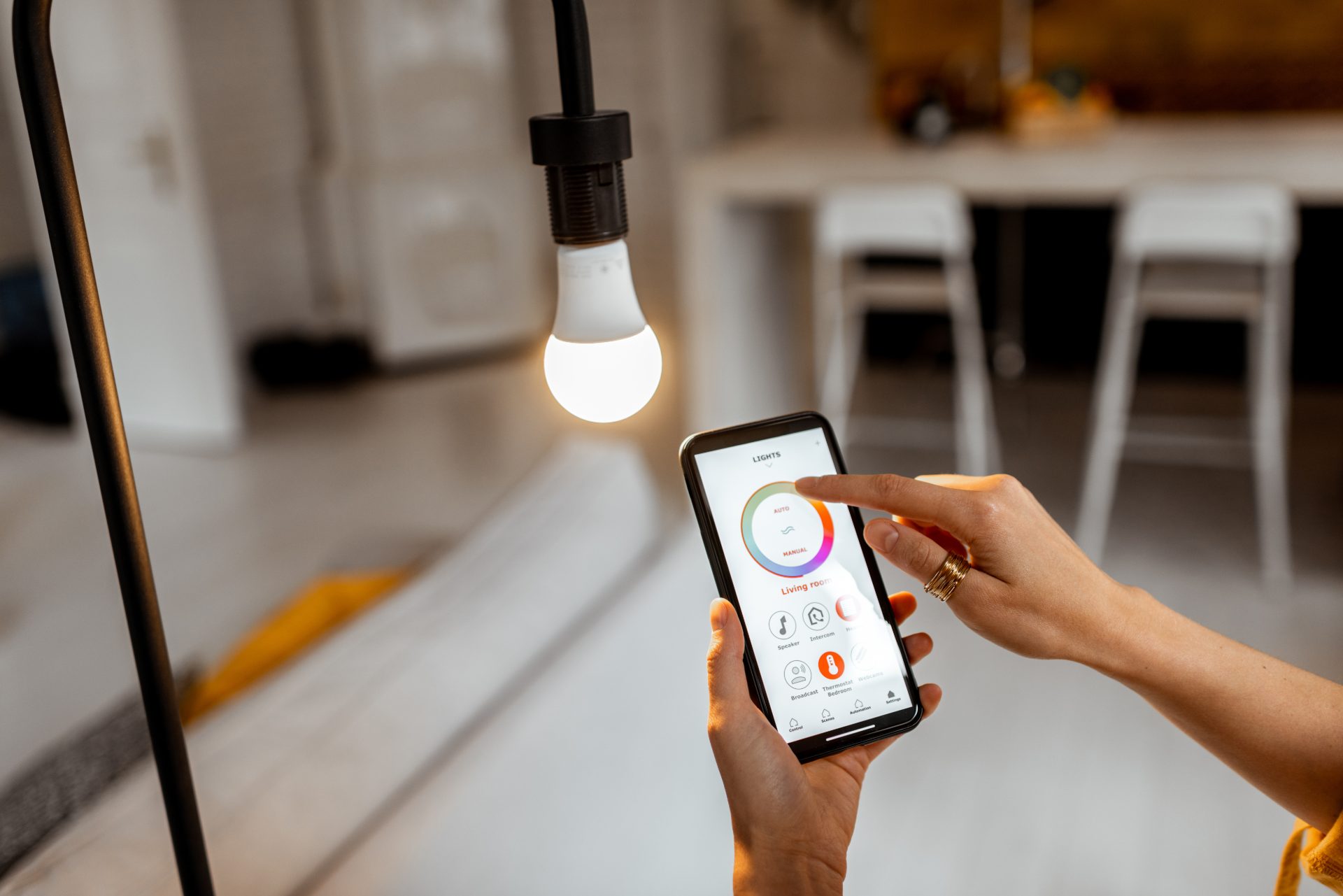
The classic incandescent light bulb might be familiar and cheap, but the little buggers are insanely inefficient. When you upgrade to energy-efficient smart bulbs, you can enjoy substantial energy savings. This makes them a smart investment for cost-conscious consumers who want to save money in the long run. Then we come to smart bulbs, the next era in home lighting. While these babies bear a hefty price tag (we’re talking $30 to $40 per bulb), they can be controlled with your voice. Welcome to the future!
These smart light bulbs offer a convenient way to home lighting control by using just your voice. You can turn them on and operate them with Google Assistant, Siri, or Alexa. With our recommended smart bulbs, you can make your home smarter and enjoy an effortless lighting experience. However, because of that advanced technology, they do leech electricity even when the lights are off but only in small amounts. Because, while smart bulbs don’t use much electricity, they’re in a class of electronics called vampire appliances — devices that use power even when they’re not in use.
In this article, we’ll discuss smart bulbs, why they waste energy, and exactly how much they waste (in dollars). We’ll also talk about typical energy suckers you might already have in your house and just how much in electricity they could be costing you.
A smart bulb is an LED light bulb that has technology built-in so it can connect to a common network such as Wi-Fi or Bluetooth that can be remotely controlled. They’re an important part of the greater home automation or “smart home” trend, in which an increasing number of everyday household appliances can be connected via a single network.
While the New York Times picked the Phillips Hue bulb starter kit as the best smart lighting ecosystem, you have several brands available. Both Samsung and GE provide excellent smart bulb options, and they’re slightly more affordable.
Whichever brand you choose, it’s important to be aware of which devices they pair with best and how. For example, GE lighting is specifically designed to work with Google Home and connects to your home Wi-Fi. The Philips Hue light, on the other hand, runs on either Bluetooth or a special hub you have to buy.
As we mentioned above, smart bulbs are in a class of appliances that use electricity in standby mode: vampire devices. This means that smart bulbs use electricity even when they’re off. “How does that happen if the bulb is turned off?” you might ask. Well, in order to be turned on with your phone or another device, the bulb still needs to be connected to the internet or Bluetooth. That meager, yet constant, connection requires that a small amount of power always be ready when you need the lights on. However, it doesn’t use much.
According to How-To-Geek, the average smart bulb only uses a few cents a month when in standby mode. If you only had one or a few smart bulbs, you probably would even notice it on your electric bill. But if you had a bunch, say 20 pr 30 bulbs throughout your home, those charges would start adding up into dollars.
Vampire appliances, also called standby power and phantom load, are various appliances and electronics that consume power even when they’re seemingly off. In reality, they’re in standby mode, so that whenever you want to turn them on, they do so in an instant. The most common example is your TV.
These appliances trade cost-effectiveness for ease-of-use and comfort. You spend a little extra money on your electricity usage each month for the convenience of your TV turning on when you press the power button on the remote. Individually, vampire appliances cost you only a few cents more on your electricity bill. However, when you realize how many of them you have in your home, these devices can cost an average of $200 a year in electricity.
Common vampire appliances include:
Let’s talk about whether smart bulbs can save you money or not? By using them efficiently and controlling your lighting as needed, you can reduce your energy costs.
However, when you compare smart bulbs to regular LEDs, the cost outweighs the money savings you get from switching to LEDs. Smart bulbs cost considerably more than regular LED bulbs. Plus, they’re a vampire appliance, meaning they suck energy when the lights are off.
If you have only a few smart bulbs, you most likely won’t even notice it on your bill. However, if you’ve installed several smart bulbs because you enjoy on-demand mood lighting or many of your appliances are on standby mode throughout your home, their combined energy usage can prevent you from saving money — which no one ever wants to hear.
To learn more about vampire appliances and how to reduce their energy usage, visit our article on slaying vampire electricity in tour home. You can also learn Introduce the smart home technology to your living space. Our smart bulbs are just one example of how you can optimize and save money and live better while enjoying the convenience of a modern home.

By turning to our next chapter – we are turning to you – our most valuable asset. You and our other past and present Chariot Energy customers will receive a one-of-a-kind experience from Axia Solar to go solar and keep your home energized…even when the grid is not.
We’ve seen energy prices skyrocket over the past year and many of us have experienced the volatility of our grid and the devastation it can bring when it’s down.

Are you in search of dependable energy solutions to buy? Discover Rooftop Solar by Axia Solar, providing a unique experience to help you switch to solar and power your home. Take control of your energy usage and explore Axia’s range of Rooftop Solar options today. Invest wisely in sustainable energy solutions for your home.
We’ve seen energy prices skyrocket over the past year and many of us have experienced the volatility of our grid and the devastation it can bring when it’s down.
“*” indicates required fields